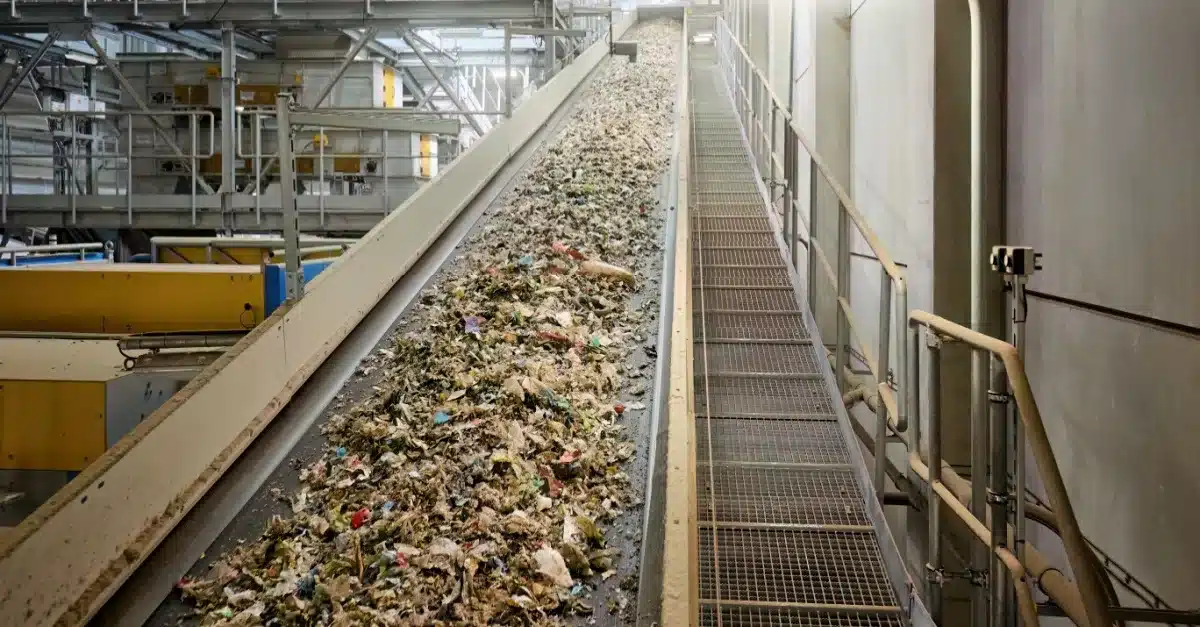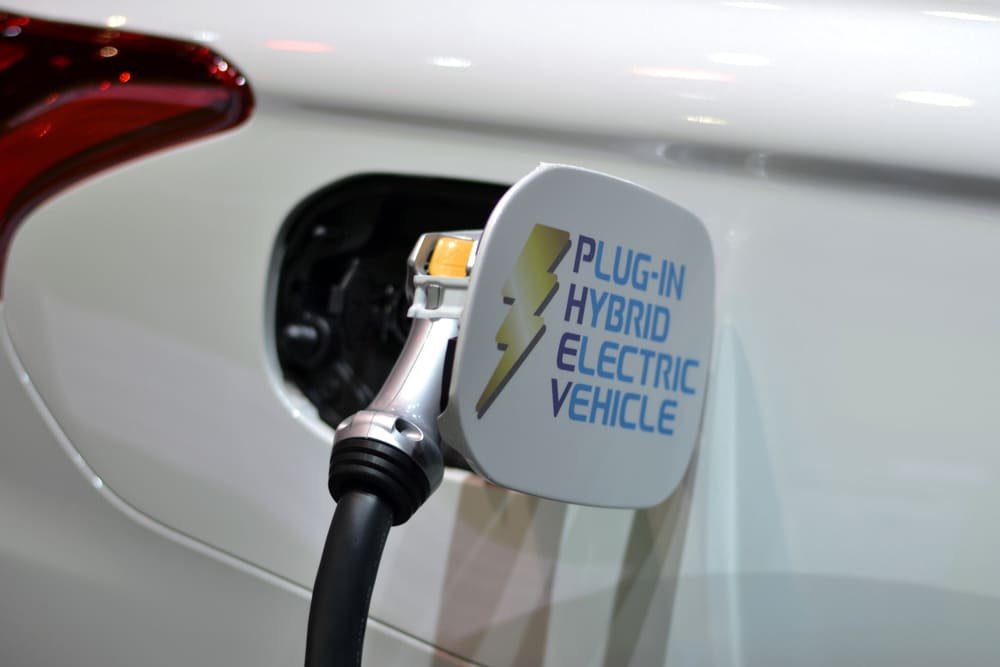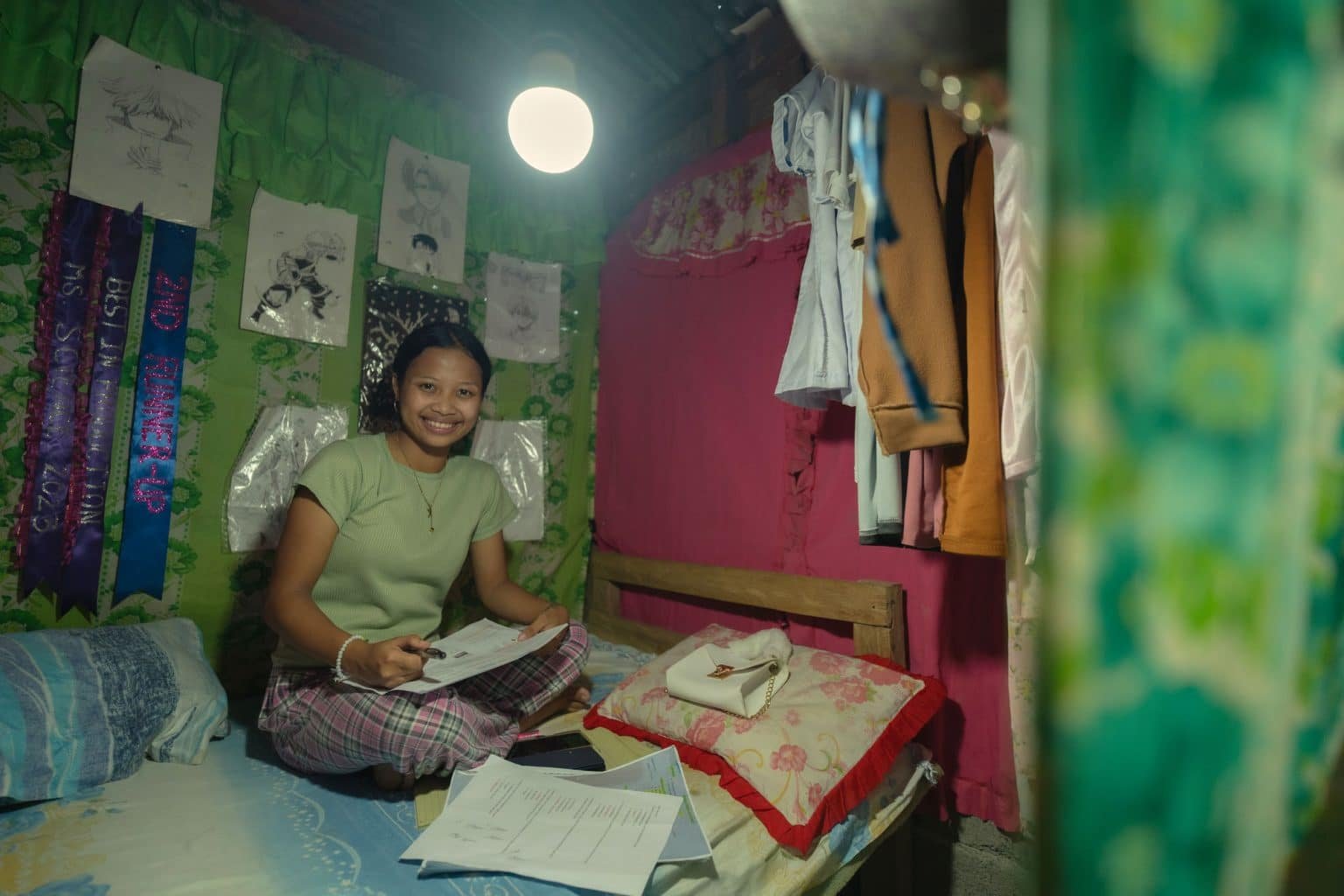
Northern Mindanao recently received a boost in its drive towards renewable energy with the opening of the Green Bio-Hydrogen to Energy Laboratory in Cagayan de Oro. The laboratory was provided by the Department of Science and Technology (DOST) and is described as a “beacon of innovation and progress” by DOST-Philippine Council for Industry, Energy, and Emerging Technology Research and Development (DOST-PCIEERD) Executive Director Dr. Enrico Paringit.
Located in the Xavier University-Ateneo de Cagayan campus, the research facility’s mandate is to study how waste can be converted into power and heat generation through hydrogen-to-energy technologies. The Green Bio-Hydrogen to Energy Laboratory project is under the Institution Development Program (IDP) of the DOST and supports the country’s Sustainable Development Goal 7 on Affordable and Clean Energy and the move to a circular economy.
Circular economy
A circular economy is one in which products are cycled back into the economy, reducing waste and energy consumption. Limiting waste decreases CO2 emissions, which in turn reduces global warming. The four key pillars of a circular economy are: (1) use products less; (2) use products longer, (3) use products again, and (4) regenerate products.
The circular economy can slow down the effects of climate change, improve economics, and provide safe jobs and communities by recapturing and regenerating waste that would otherwise go to landfills.
Thanks to the Green Bio-Hydrogen to Energy Laboratory, Cagayan de Oro is now leading groundbreaking research and development in the fourth key pillar of the circular economy.
Mindanao at the forefront of renewable energy
Mindanao is using more renewable energy than any other region in the Philippines. According to an article in Business Mirror, Mindanao’s power generation mix is already at 39 % renewable energy as of October 2023. This is higher than the national goal of 35 % by 2030.
The rich natural resources of the region and its diverse terrain make Mindanao ideal for renewable energy harvesting. Indeed, for a time, homes and industries were mostly powered by hydroelectric power plants in the Agus Complex in Lanao del Norte and Sur, and in the Pulangi Complex in Bukidnon.
According to the Mindanao Development Authority (MinDA), more sources of renewable energy will be added to the grid in the next five years. Investments are being actively sought in solar, hydro, biomass, and other possible sources of renewable energy on the island.
In the path towards sustainable development in the Philippines, no doubt, Mindanao is leading the way. Hopefully, we will soon have real solutions to the problem of waste.
Source: DOST provides P4.99-M green bio-hydrogen to energy lab in Northern Mindanao











